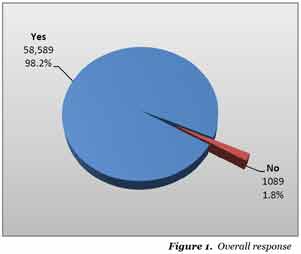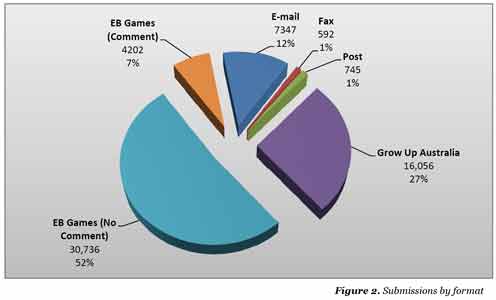The U.S. Supreme Court recently ruled that restricting the sale or rental of mature-themed video games to minors violates the United States’ First Amendment right to free speech. While it is important to note that the American constitution is very different from the Australian constitution, as the U.S. offers protection for free speech, it was interesting to see Dr. Craig Anderson’s research mentioned in the opinion which can be read on the Supreme Court’s website.
Dr. Craig Anderson’s research has been regularly pointed to by Australian alarmists lobbying against an R18+ classification for games as proving a link between violent video games and aggression. But the U.S. Supreme Court determined that his research is not compelling and pointed out that his studies, “have been rejected by every court to consider them.”
The opinion goes on to say that, in a similar lawsuit, Dr. Anderson himself admitted that, “the ‘effect sizes’ of children’s exposure to violent video games are ‘about the same’ as that produced by their exposure to violence on television” – that the same effects found in his research can be found when children watch violent cartoons.
Dr. Craig Anderson’s research was also considered last year by Australia’s Attorney-General’s Department in a literature review on the impact of playing violent video games on aggression. The department’s conclusion at the time was that research into the effects of violet video games on aggression is contested and inconclusive.
An excerpt from Justice Scalia’s opinion can be found below. Justice Alito concurred with the judgement, as did the Chief Justice. Justices Thomas and Breyer hold a dissenting view.
“The State’s evidence is not compelling. California relies primarily on the research of Dr. Craig Anderson and a few other research psychologists whose studies purport to show a connection between exposure to violent video games and harmful effects on children. These studies have been rejected by every court to consider them, and with good reason: They do not prove that violent video games cause minors to act aggressively (which would at least be a beginning). Instead, “[n]early all of the research is based on correlation, not evidence of causation, and most of the studies suffer from significant, admitted flaws in methodology.” Video Software Dealers Assn. 556 F. 3d, at 964. They show at best some correlation between exposure to violent entertainment and minuscule real-world effects, such as children’s feeling more aggressive or making louder noises in the few minutes after playing a violent game than after playing a nonviolent game”
“Even taking for granted Dr. Anderson’s conclusions that violent video games produce some effect on children’s feelings of aggression, those effects are both small and indistinguishable from effects produced by other media. In his testimony in a similar lawsuit, Dr. Anderson admitted that the “effect sizes” of children’s exposure to violent video games are “about the same” as that produced by their exposure to violence on television. App. 1263. And he admits that the same effects have been found when children watch cartoons starring Bugs Bunny or the Road Runner, id., at 1304, or when they play video games like Sonic the Hedgehog that are rated “E” (appropriate for all ages), id., at 1270, or even when they “vie[w] a picture of a gun,” id., at 1315–1316.”







 Twitter
Twitter